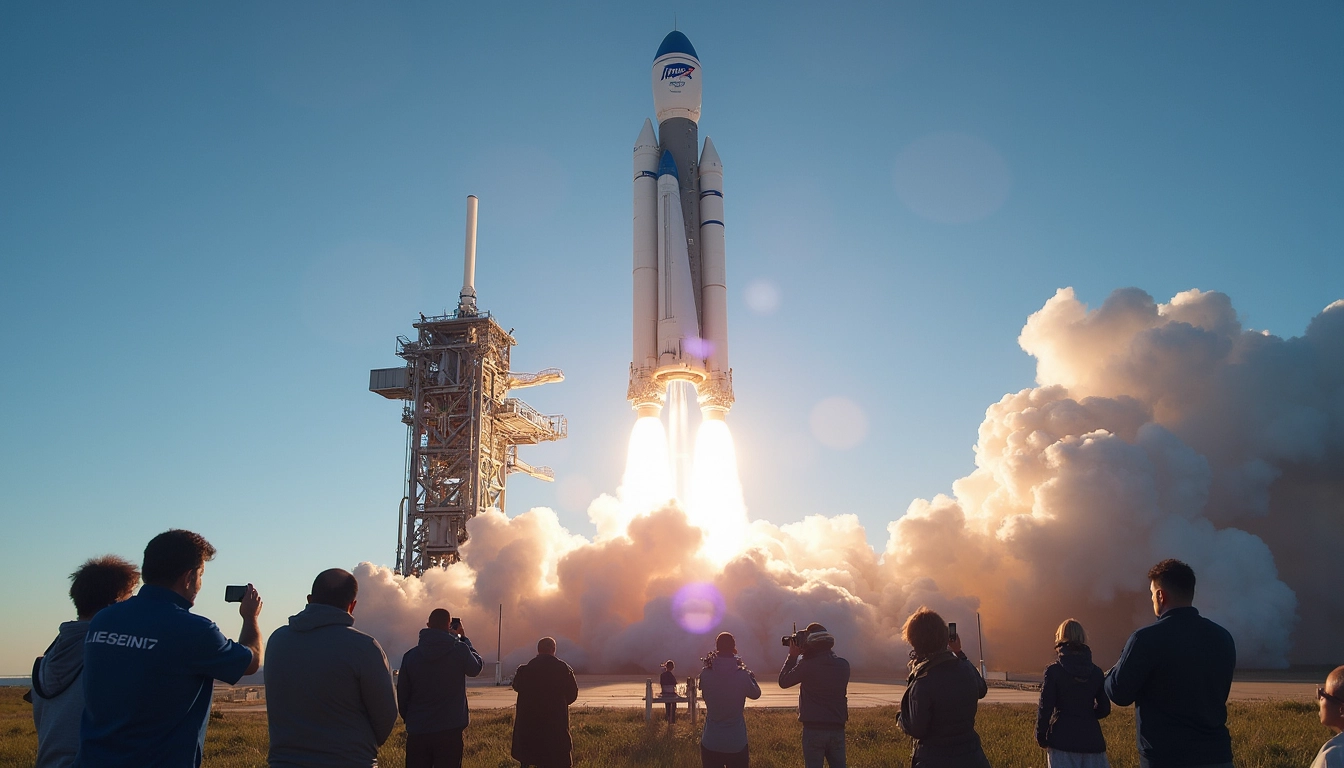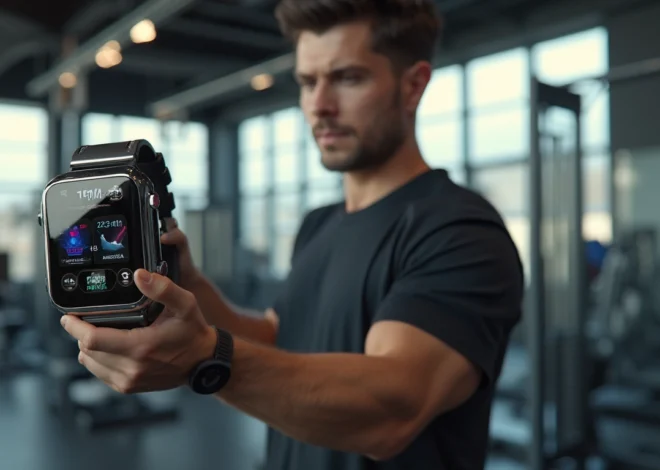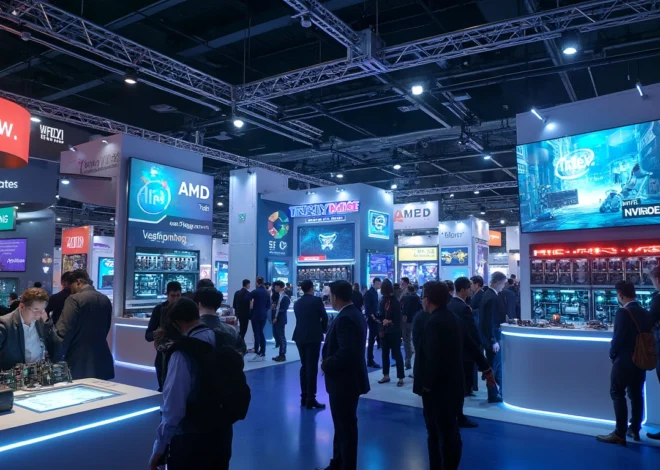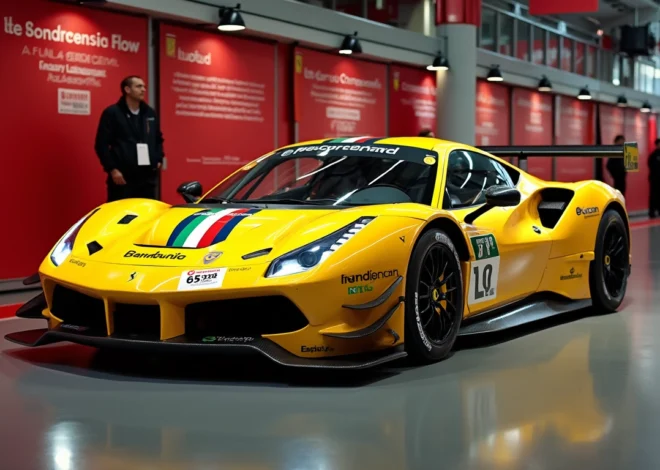
NASA’s Boeing Starliner Crewed Mission: A New Era in Commercial Spaceflight
NASA’s Boeing Starliner mission marks a significant milestone in commercial spaceflight. The successful launch of the first crewed flight test on June 6, 2023, represents a crucial step in NASA’s Commercial Crew Program, demonstrating the capabilities of Boeing’s CST-100 Starliner spacecraft for future missions to the International Space Station.
Key Takeaways:
- The Boeing Starliner launched its first crewed mission on June 6, 2023
- NASA astronauts Butch Wilmore and Suni Williams are leading the mission
- The Starliner spacecraft can accommodate up to seven passengers or a mix of crew and cargo
- The mission aims to test the Starliner system from launch to landing
- This mission sets the foundation for commercial passenger spaceflight to low-Earth orbit
Table of Contents
Experienced Astronauts at the Helm
The success of this historic mission rests in the capable hands of NASA astronauts Butch Wilmore and Suni Williams. Both bring extensive experience to the table, with Wilmore having completed multiple space shuttle missions and Williams having spent significant time on the International Space Station. Their expertise and thorough training on Boeing-developed devices for advanced, integrated systems ensure they’re well-prepared for any challenges that may arise during the mission.
Cutting-Edge Technology and Design
The Boeing Starliner showcases innovative features that set it apart in the realm of spacecraft design. Its weldless structure reduces mass and production time, while wireless internet and tablet technology enhance crew interfaces. Safety is paramount, with a pusher abort system designed for crew escape during launch and ascent. The Starliner is also designed for autonomy, with astronaut override capabilities, striking a balance between automated systems and human control.

Mission Objectives and Operations
The primary goal of this mission is to conduct a comprehensive end-to-end test of the Starliner spacecraft. This includes everything from launch and on-orbit operations to docking with the International Space Station and performing landing and recovery procedures. The mission will culminate in a deorbit burn lasting approximately 60 seconds, with potential landing locations in New Mexico, Arizona, or Utah.
To ensure a safe landing, weather conditions play a crucial role, with winds required to be below 10 mph. The rigorous training undergone by the astronauts prepares them to handle any situation that may arise during the mission. This level of preparation, combined with extensive testing, underscores the focus on safety and reliability throughout the entire operation.
Commercial and Economic Implications
The Boeing Starliner mission is not just a technological achievement; it’s also a significant step forward for the commercial spaceflight industry. With over 425 suppliers involved across 37 US states, the project has already made a substantial economic impact on the aerospace sector. This mission is paving the way for future scientific research and space exploration, opening up new possibilities for commercial passenger spaceflight to low-Earth orbit.
The success of this mission could revolutionize how we approach space travel and research. By demonstrating the viability of commercial spacecraft for crewed missions, it sets the stage for increased collaboration between NASA and private companies. This partnership approach could lead to more frequent and cost-effective missions to the International Space Station, accelerating scientific discoveries and technological advancements.
As we look to the future of space exploration, the Boeing Starliner mission represents a crucial stepping stone. It’s not just about reaching the stars; it’s about creating sustainable, efficient, and safe methods for humans to work and potentially live in space. The lessons learned from this mission will inform future spacecraft design and operation, potentially influencing missions to the Moon, Mars, and beyond.
For those interested in staying updated on the latest developments in space automation and mission planning, I recommend checking out Make.com. This powerful automation platform can be used to streamline various aspects of space mission management, from data analysis to communication systems.
As we celebrate this milestone in space exploration, it’s clear that the Boeing Starliner mission is more than just a test flight. It’s a testament to human ingenuity, a driver of economic growth, and a beacon of hope for the future of space travel. The success of this mission will undoubtedly inspire the next generation of astronauts, engineers, and scientists to push the boundaries of what’s possible in space exploration.
Sources:
NASA
Boeing



4 thoughts on “NASA’s Boeing Starliner Crewed Mission: A New Era in Commercial Spaceflight”